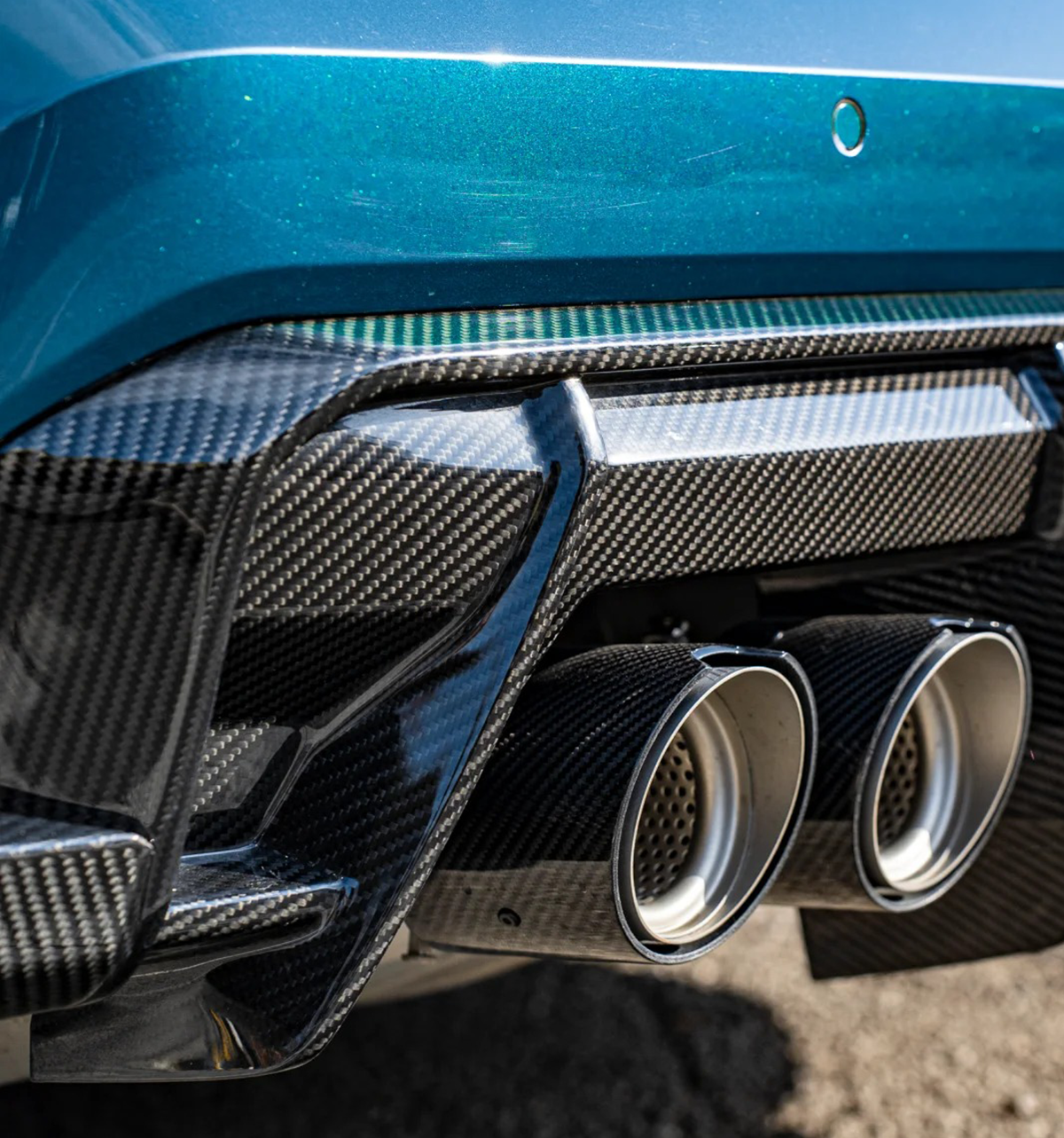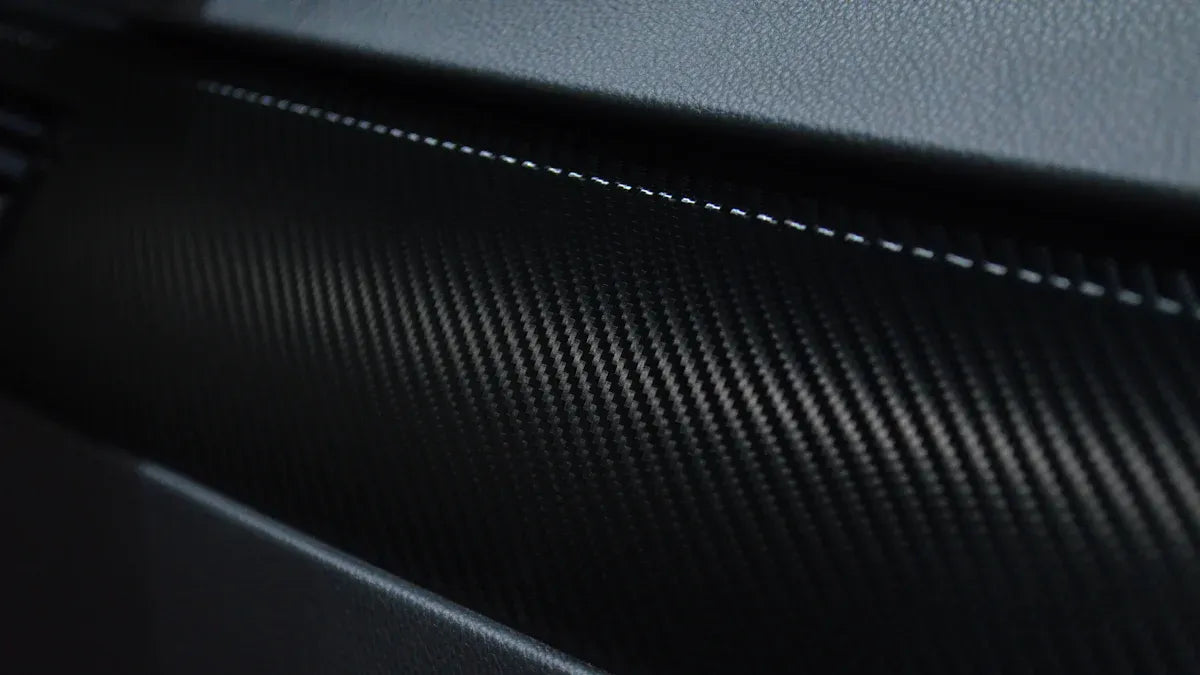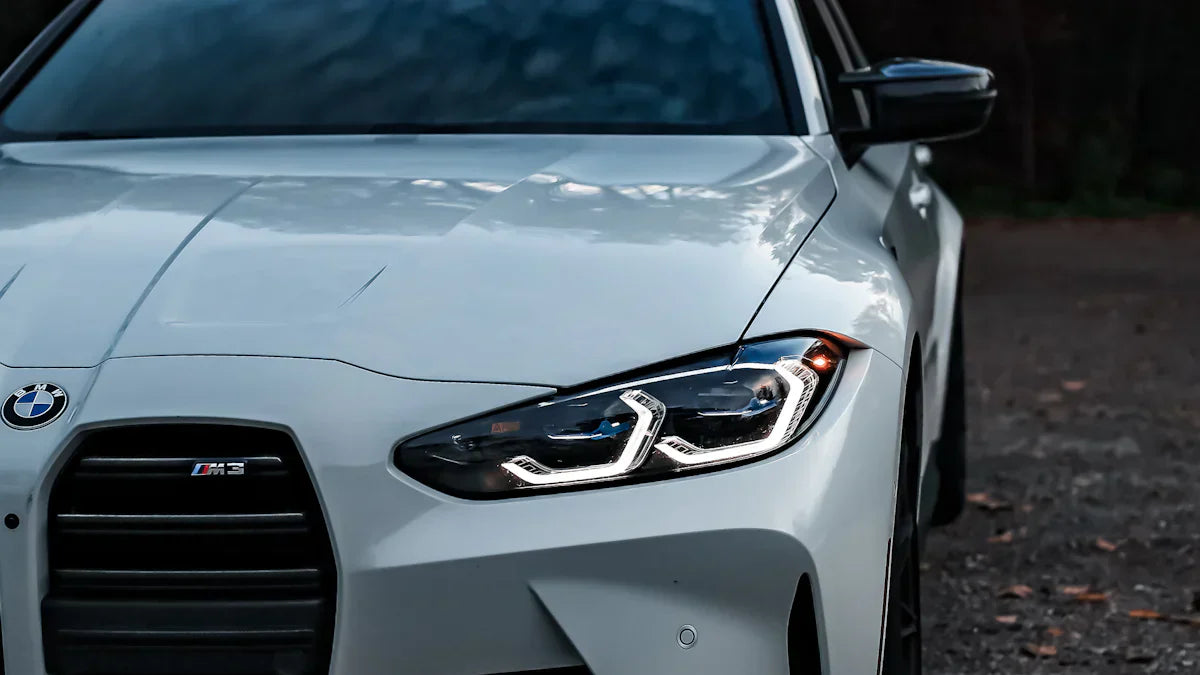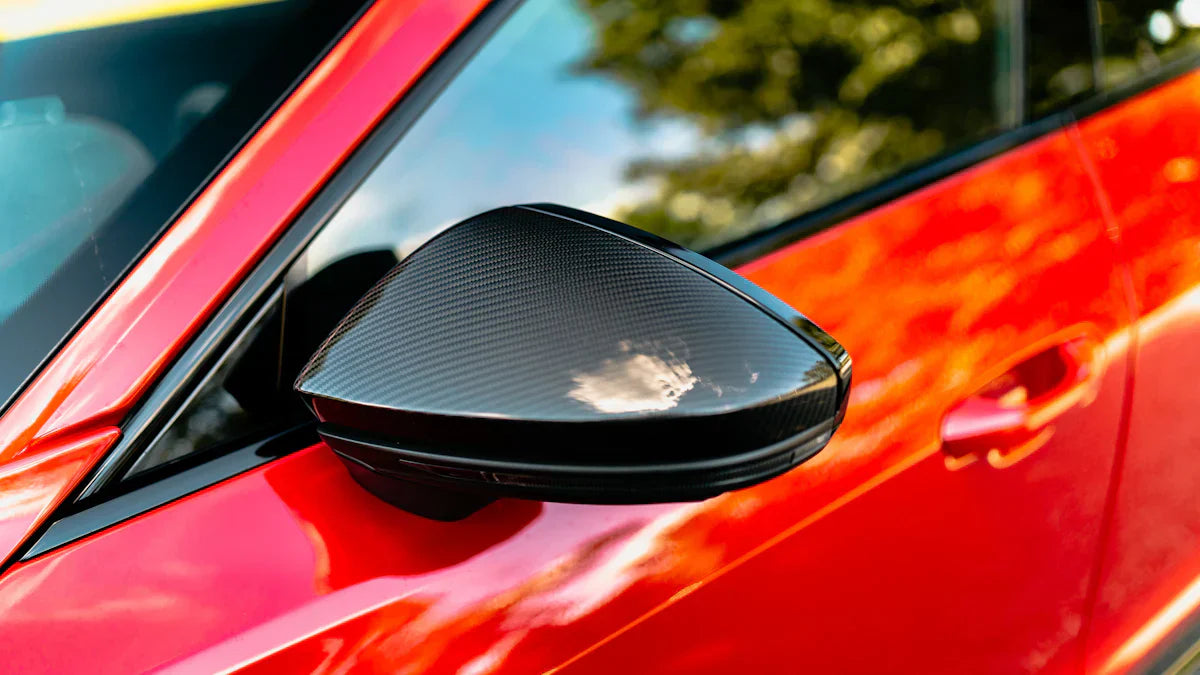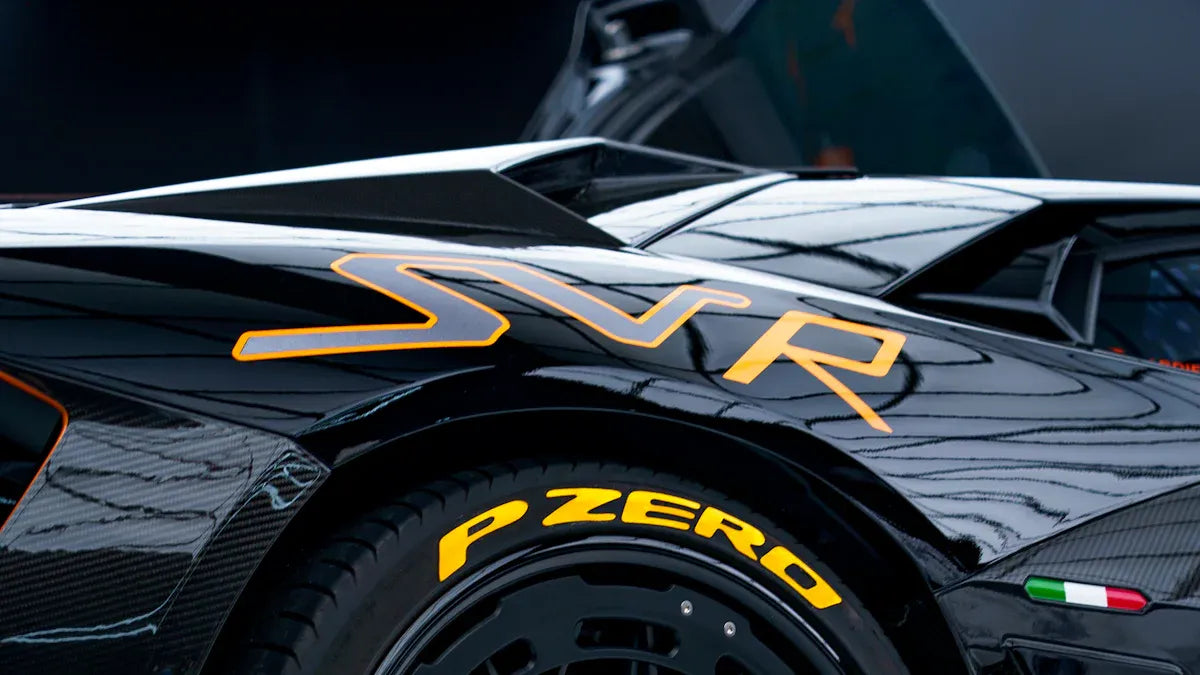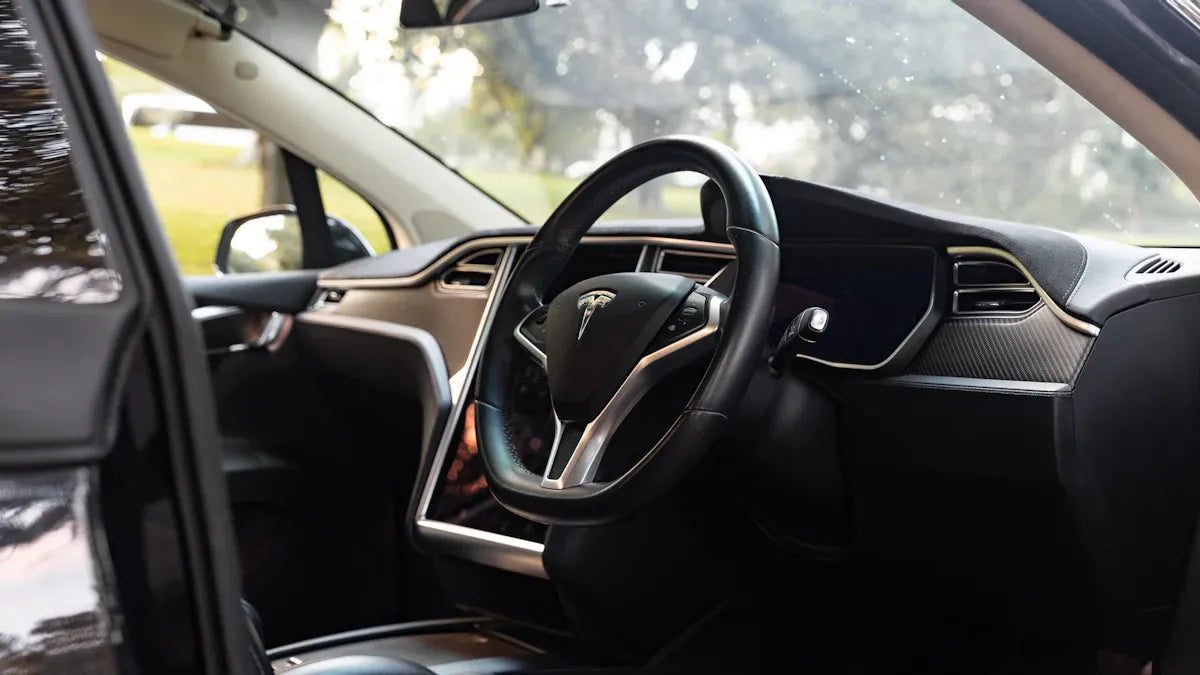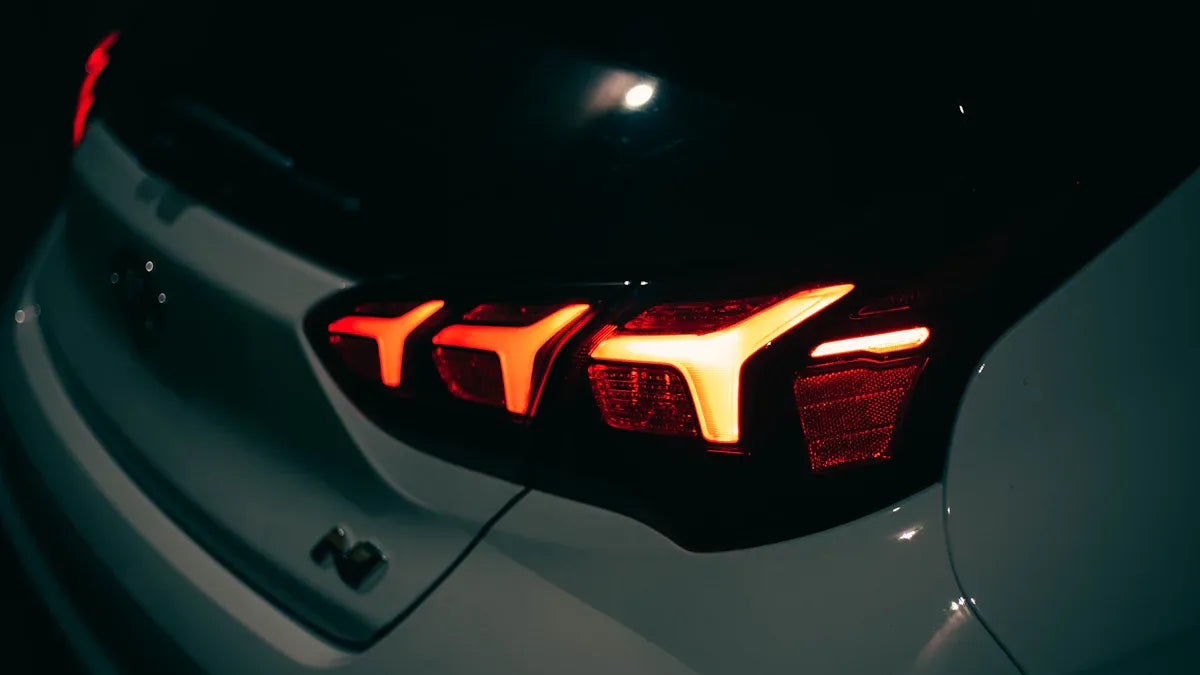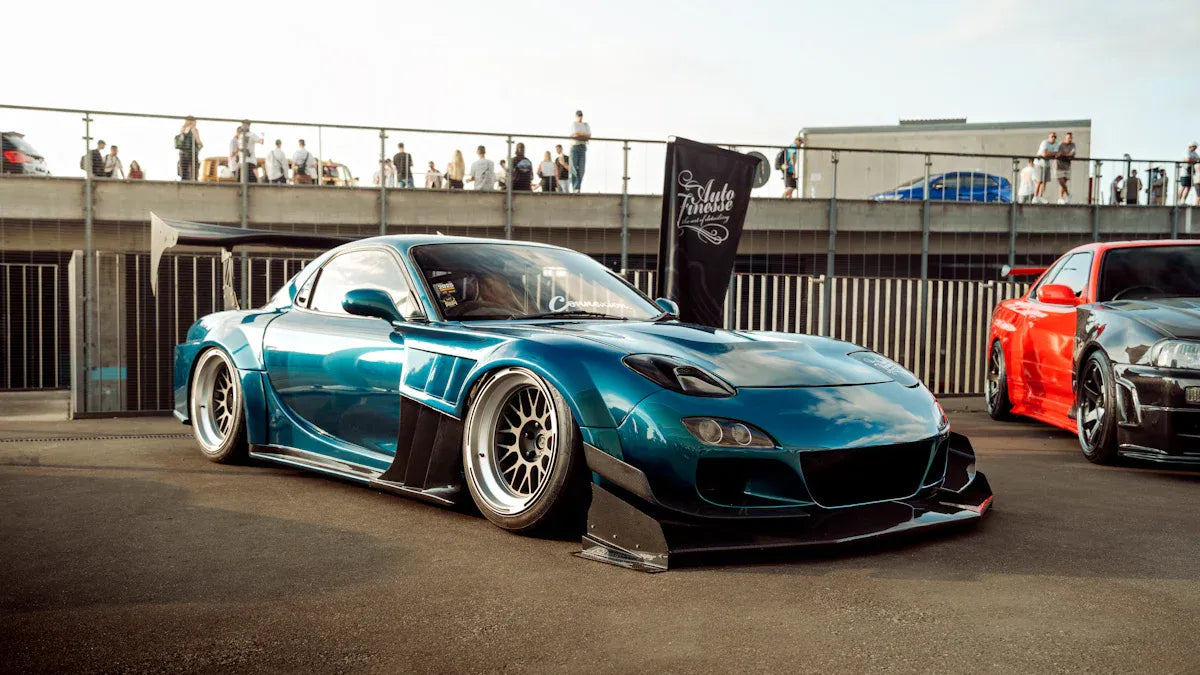CarbonXtreme Post
Why Carbon Fiber Grilles Are Superior to Metal for Modern Cars
How to Perform Carbon Fiber Impact Resistance Testing Step by Step
Carbon fiber impact resistance testing is essential for evaluating how well composite materials withstand sudden forces, which is crucial for ensuring durability in high-stress applications. The testing process involves using a drop tower impact tester, preparing carbon fiber samples with precise fiber orientations, and analyzing the absorbed energy and residual strength. Fiber orientation, resin selection, and hybridization significantly influence the impact resistance of carbon fiber composites. Advanced techniques, such as ultrasound and thermography, help detect hidden damage, ensuring comprehensive analysis. Hybrid composites and nanoparticle modifications further enhance the material's performance by improving impact resistance, toughness, and post-impact strength.
What Are the Main Benefits of High-Strength, Lightweight Carbon in Modern Engineering
Carbon fiber composites are revolutionizing engineering applications across various industries due to their superior strength-to-weight ratio, corrosion resistance, and durability. These materials offer significant weight reduction while maintaining exceptional structural integrity, making them ideal for aerospace, automotive, and sports industries. Carbon fiber composites are not only lighter and stronger than metals but also resist environmental factors like UV radiation, corrosion, and fatigue, ensuring long-lasting performance. As the global demand for lightweight, high-performance materials grows, carbon fiber continues to play a pivotal role in designing more efficient, durable, and sustainable products.
What Makes the 2025 BMW M3 Competition a Top Performer
BMW M Performance Style carbon fiber upgrades deliver a perfect balance of lightweight strength, aerodynamic precision, and motorsport-inspired styling, ensuring enhanced driving dynamics and an aggressive, refined appearance.
كيفية تحسين رؤية السيارة باختيار المرايا المناسبة
Upgrading your BMW M2 G87 with carbon fiber parts enhances performance, fuel efficiency, and handling. The lightweight design improves agility, optimizes weight distribution, and delivers a more responsive driving experience.
How to Choose the Best Performance Upgrades for BMW Z4 G29 Roadster
Upgrading your BMW Z4 G29 Roadster unlocks its full performance potential while tailoring the car to your driving style. From simple bolt-on parts like high-flow air filters and sports exhausts to advanced modifications such as turbo upgrades, forged internals, and ECU remapping, the options are vast. Handling improvements—coilovers, sway bars, and lightweight alloy wheels—ensure power upgrades are matched with stability and control. Stage 1 tuning focuses on basic performance boosts, Stage 2 introduces stronger components like clutches and injectors, and Stage 3 dives into full engine work for track builds. Budgeting wisely, setting clear driving goals, and consulting BMW specialists help avoid pitfalls. With the right combination of parts and expert tuning, the Z4 G29 transforms into a sharper, faster, and more exhilarating roadster without sacrificing everyday drivability.
Top Tips for Maintaining Classic Rally Cars with Replica Parts
Maintaining a classic rally car requires dedication, careful maintenance, and the right replacement components. High-quality replica parts allow enthusiasts to preserve authenticity while ensuring reliability on both road and track. From frequent checks on fluids, brakes, suspension, and tires to sourcing trusted replica suppliers, every detail matters. Proper storage—such as climate-controlled facilities, fuel stabilization, and rust prevention—protects vehicles during downtime. Challenges like compatibility and varying part quality make research essential, while enthusiast communities provide invaluable advice. By combining replica parts with preventive inspections, expert mechanic guidance, and community knowledge, classic rally cars can remain both historically accurate and fully functional for years to come.
E92 M3 Carbon Retrofits That Save Weight and Style
Upgrading your BMW E92 M3 with a carbon roof is one of the most effective performance and styling retrofits. By replacing the OEM roof (24 lbs) with a carbon roof (9.8 lbs), you cut weight by nearly 60% and lower the car’s center of gravity. This improves cornering, acceleration, and overall handling. Beyond performance, the exposed carbon weave delivers a sleek, aggressive aesthetic that highlights BMW’s motorsport heritage. While a DIY retrofit is possible with tools like grinders, adhesives, and spot weld cutters, professional installation ensures precision and avoids risks such as cracked glass or improper bonding. The retrofit enhances driving dynamics, strengthens structural rigidity, and elevates the M3’s collector appeal, making it a top-tier upgrade for enthusiasts.
Stunning X3 M40i Carbon Addons for 2025
The 2025 BMW X3 M40i Carbon Addons elevate both style and performance with lightweight carbon fiber upgrades. Exterior enhancements like front splitters, rear diffusers, side skirts, and spoilers improve aerodynamics, reduce drag, and enhance handling at high speeds. Smaller details, such as mirror caps and trim accents, add a sporty, premium touch. Inside, carbon fiber gear shifters, steering wheel accents, and trim kits transform the cabin into a luxurious, performance-inspired space. Lightweight hoods and roof panels further reduce weight, boosting acceleration and efficiency. With proper installation and UV-protective care, these carbon addons offer lasting durability, sleek design, and real-world performance benefits, making the X3 M40i stand out as a true masterpiece.


